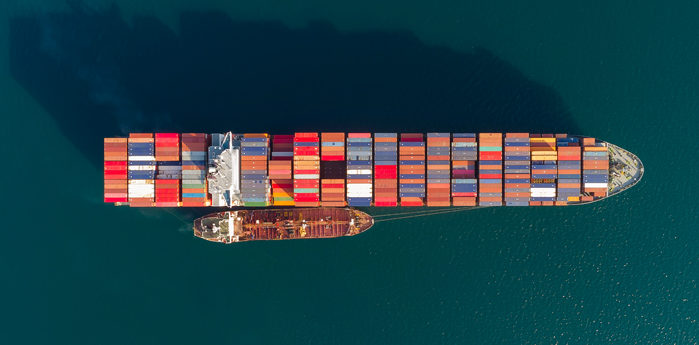Drewry officially announced the launch for its first low-sulphur bunker index tracker. Keeping in mind the IMO 2020 low-sulphur regulation, the maritime consultancy along with its index aims to bring a remarkable and greater transparency to fuel costs.
With the shippers and forwarders expressing their concern over the timing and transparency of the new changes, Drewry’s came with the idea of the low-sulphur BAF index which will offer a simple indexing mechanism helping to determine the changes in BAF.
Our new low-sulphur bunker price tracker is intended to standardise, clarify and simplify the adjustment of Bunker Adjustment Factors (BAFs) between shippers and carriers or forwarders.
…said Philip Damas, head of Drewry Supply Chain Advisors.
In collaboration with the European Shipper’s Council (ESC), Drewry has already published a simplified BAF indexing mechanism and a bunker charge guide, assisting shippers to monitor and control the bunker changes drawn up by the ESC-Drewry IMO indexing toolkit.
By streamlining the process and agreeing common bunker price measurement periods, BAF adjustment periods, fuel prices and index formulae, we hope to bring much needed clarity to the challenges presented by the regulatory change.
…Mr. Philip Damas continued.
As Drewry stated, prices for low-sulphur fuel seem to have settled some 35% higher than the old IFO 380 fuel standard. “Although temporary and transitional bunker charges were expected to apply to just spot rates and to contracts of less than three months, it is clear that some shippers with annual ocean freight contracts have been requested by their carriers to start paying the new IMO BAF from 1st December” said Philip Damas.
Concluding, while the market remains in a uncertain situation, several carriers choose to reduce their base rate and change the ‘full BAF’ in their following contacts, Drewry goals to continue monitor and report future developments.






























































